石英晶体与高频晶体振荡器的区别
超小型音叉晶体单元和超小型实时时钟模块
晶体芯片的三维光刻处理
具有传统结构的小型化晶体芯片(左图)减小了电极的面积(以红色表示)。
用H形槽结构制造芯片提供了更大的电极面积并提高了电解效率。这种设计使小型化晶体的CI值与普通晶体的CI值一样低(右图)。
Miniaturizing crystal chips with a conventional structure (left image) reduces the area of the electrodes (indicated in red).
Fabricating the chips with an H-groove structure provides a larger electrode area and raises electrolytic efficiency. This design enables miniaturized crystal with CI values as low as those on ordinary-sized crystals (right image).
然而,使用QMEMS技术制造的晶体的CI值保持不变,与常规晶体的水平相当,即使晶体尺寸减小。
The CI value of a crystal fabricated using QMEMS technology, however, remains constant, at a level equivalent to that of conventional crystals, even as crystal size decreases.
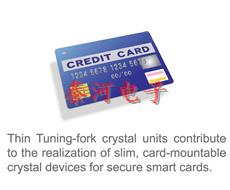
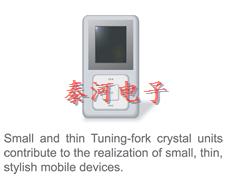
HFF晶体单元/ HFF晶体振荡器(高频基波)
为了增加振荡器的频率,必须使芯片更薄,但是传统的处理方法对制造薄芯片施加了限制。
In order to increase the frequency of oscillators, it is necessary to make the chip thinner, but conventional processing methods imposed limitations on producing thin chips.
通过光刻仅处理芯片的振荡部分,能够在不损害晶体芯片强度的情况下实现高频基波,从而形成厚度仅为几微米的极薄的倒置台面结构。
A high-frequency fundamental was enabled without compromising crystal chip strength by photolithographically processing only the oscillating portion of the chip so as to form an extremely thin inverted-mesa structure having a thickness of only several microns.
基频高频振荡的优点
高频基波振荡有助于稳定高速大容量数据传输,因为可以抑制附近的高频分量。
High-frequency fundamental oscillation helps stabilize high-speed, high-volume data transmissions because nearby high-frequency components can be suppressed.
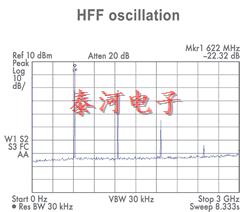
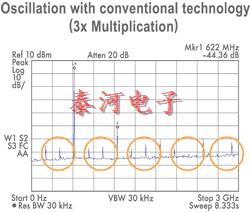
欧美进口晶振相关资讯文章
TranskoCrystal石英晶振完整型号一览
 泰河微信号
泰河微信号

 在线留言
在线留言 收藏网站
收藏网站 网站地图
网站地图
 手机版
手机版
 全球咨询热线:
全球咨询热线:

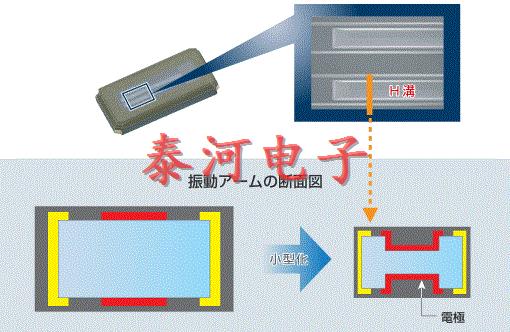
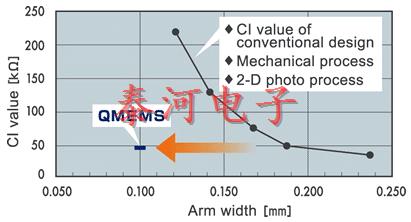
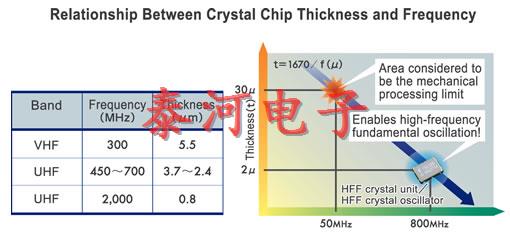
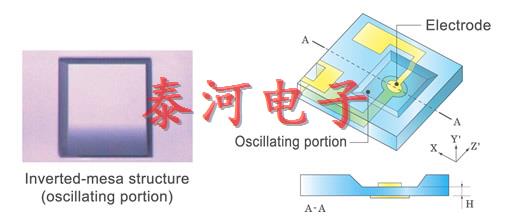
 快速通道
快速通道
